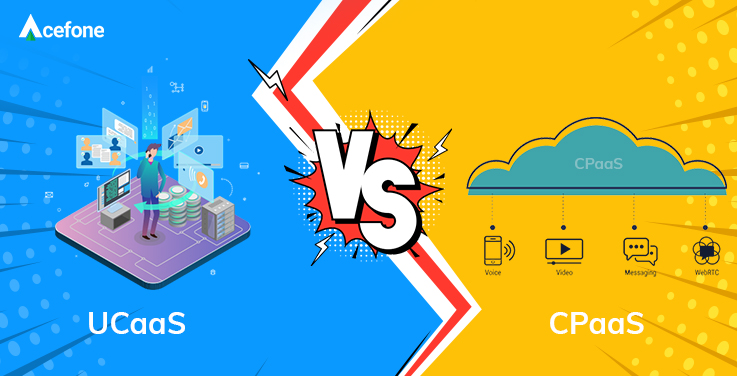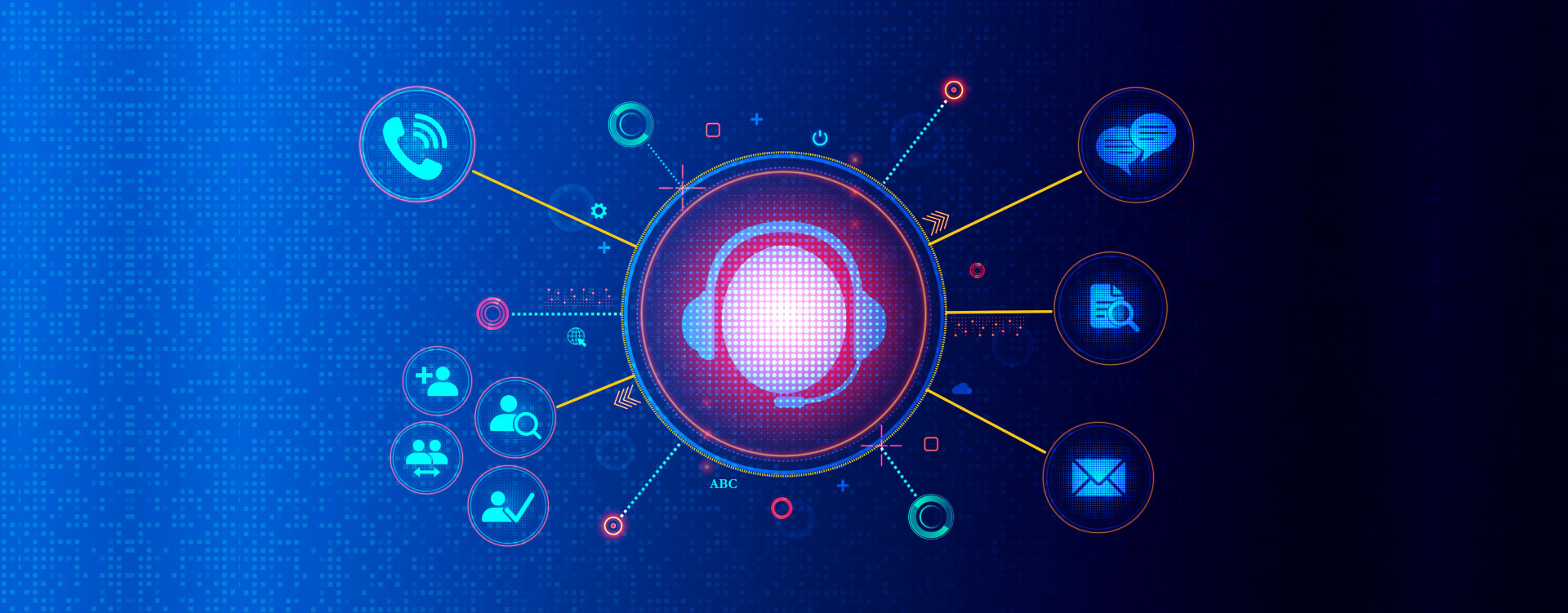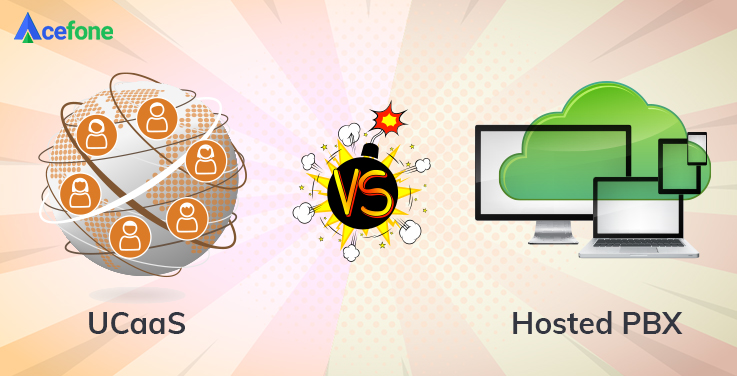When choosing a business communication solution, you must always question each solution presented to you to figure out which is going to work best for your business.
Investment in communications can be quite a significant outgoing cost for your business, so you need to make sure you have all the information you need before committing to a solution.
In this article, we are answering your questions about UCaaS and CPaaS, including explaining what these are and how they can both benefit your business in different ways.
What Is A UCaaS Solution?
UCaaS, or Unified Communications as a Service, provides a single platform for all your business communications, including; telephony, video calling, messaging and collaboration.
UCaaS solutions often integrate with your CRM system and provide seamless transmission of information internally through your staff.
With a UCaaS solution, customer’s data is securely stored in the provider’s data center and provides a “plug and play” solution for customers who do not have complicated technical requirements and are ready to use a great tried and tested communication system.
What Is A CPaaS Solution?
Communications platform as a service, or CPaaS, are cloud-based delivery models that allow organizations to add real-time communication capabilities, such as voice, video and messaging to their existing business applications by the use of API’s to customise what the communication system can provide.
By integrating with custom API’s, a CPaaS solution can provide organizations with a much lower cost alternative to building a custom app for their customers.
By using their existing communication system they can create real-time communication facilities using a range of platforms, often including APIs, SDKs, and Java or .NET libraries.
Some providers can also offer the use of drag-and-drop visual tools to enable those with little experience in development to build these custom integrations.
UCaaS vs CPaaS
Now we know what each of these solutions does for businesses, we will look at how they compare to each other, giving you as a business owner the opportunity to weigh up your options and find out which could benefit your business and which may provide you with everything that you need in your communications systems.
CPaaS solutions allow developers to build real-time communication structures into your business apps and communication methods.
The simplification of developing your communication in this way allows you to pay for just what you need and saves you time and also open up brand new lines of communication within your existing apps.
If you have an app for customers to look at their accounts and make changes to their details, you could also add a video function for customers to connect directly with your agents to discuss any questions they may have about their account.
This quick and more personalised style of communication gives a much more polished and professional view of your company and can help customers feel much more connected to your business and therefore this connection and satisfaction can help foster loyalty.
CPaaS provides quite innovative communication solutions, at a much lesser cost than building your communication app from scratch.
Some providers even have a drag and drop feature so those without as much coding experience can create some fantastic communication services for customers.
CPaaS solutions ensure your business is at the forefront of technology, and as customers expect to be able to reach you with the minimum of effort, CPaaS communications give you the chance to focus on building exactly what your customers need on the app level, rather than spending valuable time working on the back end of the app.
UCaaS solutions, on the other hand, provide a plugin and play communication solution.
By providing a single platform for all of your business solutions these types of communication systems are more suited to boosting internal communications rather than opening up bespoke ways to communicate with customers.
UCaaS solutions combine all of your methods of communication into your phone system, so you do not need to invest in many different pieces of hardware to communicate with both customers and colleagues, no matter where in the world you are based.
If it is important to your business to encourage collaboration between staff, UCaaS solutions are perfect as they are quick to set up, reliable and completely portable.
Staff anywhere in the world can communicate just as easily as if they were sitting on a desk together and this is all at a low cost as this integrated communication solution runs over an internet connection.
UCaaS solutions are also much more reliable than traditional telephony solutions, as the provider takes care of all the updates and technical issues through a maintenance package.
So if your business is looking for a solution where staff can collaborate easily but you want to be able to just plug in and go with a simple, easy to use interface then a UCaaS solution has everything you need.
You can add and remove features to your phone system (such as virtual receptionists, IVR systems and more) and can tailor your hosted phone system to meet exactly what you need and fall in line with your budget.
Both UCaaS and CPaaS solutions have their benefits, but the answer to which is better depends on what your business is looking for from your communications.
If you need a more flexible way to communicate with clients and customers and have the technical know-how to build apps to provide innovative ways to communicate with your customers then a CPaaS would be for you.
If you are looking to boost internal communications and are looking for a simple solution which provides feature-rich telephony at low costs, UCaaS is for you.
If you would like to find out more about our hosted telephony solutions, call our team on 1888-859-0450 for more information.














